Cold outbound is saturated, which makes timing and context the new advantage for revenue teams using GetSales.io to run email and LinkedIn at scale. A signal-based prospecting engine detects meaningful buying events, enriches contacts in real time, and activates personalized sequences across channels while the window of intent is open.
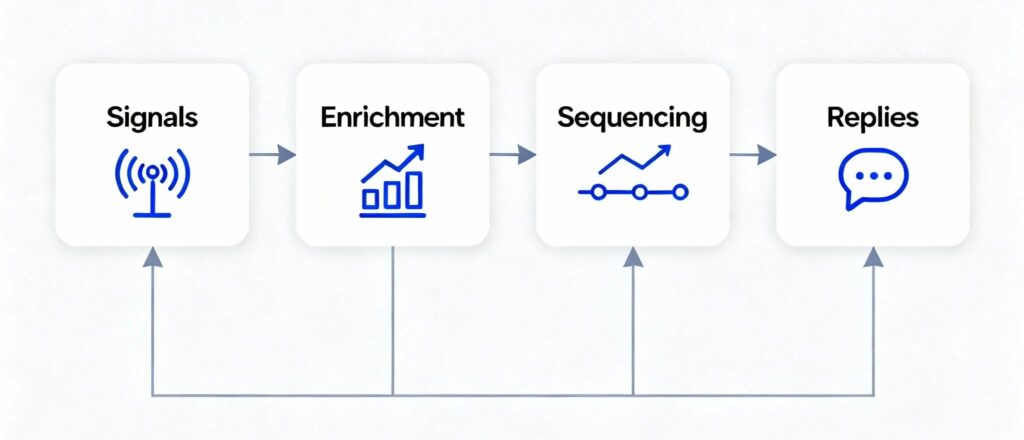

Why Signals Beat Static Lists in 2025
Cold outreach fatigue is real
Decision makers are inundated with generic outreach, so only context-rich messages tied to observable events consistently earn replies in 2025. Signals like leadership changes, stack shifts, and funding create a “why now” that lifts response and meeting rates beyond static list blasts.
Smart timing increases reply rate by 3x
Hitting prospects during active evaluation or immediate change moments can multiply reply rates, especially when the first touch references a fresh, verifiable trigger. The earlier the outreach after the event, the stronger the lift, which is why automation with real-time data is essential.
Combine tech + signals to stand out
Teams that fuse signal detection, enrichment, and orchestration into one motion reliably outperform tool-heavy but disjointed stacks because messages become relevant, fast, and multi-channel by default.
What Is Signal-Based Prospecting? (Definition + Mindset)
Triggered outreach based on events or buyer behaviors
Signal-based prospecting is an operating system where specific external or behavioral events trigger targeted outreach rather than sending calendar-based campaigns to static lists. Examples include a new executive hire, a technology adoption, a round of funding, or repeated visits to pricing and comparison pages.
Signals: tech changes, hiring, funding, intent data, etc.
High-impact signals include technographic changes, leadership moves, company growth, funding and M&A, and digitally observable intent such as website activity or competitor research patterns.
Types of signals: firmographic, technographic, behavioral
→ Firmographic signals reflect company stage, funding, and headcount
→ Technographic signals reflect tools and integrations
→ Behavioral signals reflect on-site and off-site actions such as content consumption and buying research.
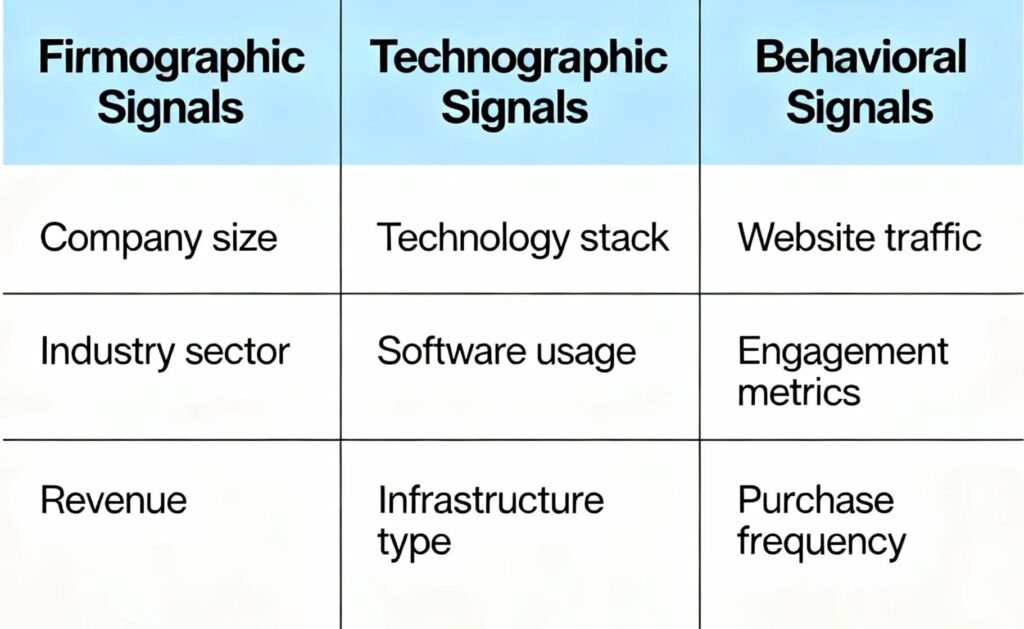

4 Categories of Prospecting Signals to Track
Technographic Signals
Track signals like new tool adoption, sunset notices, migration announcements, or job postings that hint at stack changes, such as CRM administrators or marketing ops roles.
Use stack intelligence sources and scraping APIs to spot who is adopting or migrating to platforms like Salesforce, HubSpot, Marketo, or Snowflake, including recency and role context.
For example, if a prospect just adopted Salesforce, trigger a tailored CRM migration or integration offer with a short checklist and a one-click audit invite, aligned with their role and go-live window.
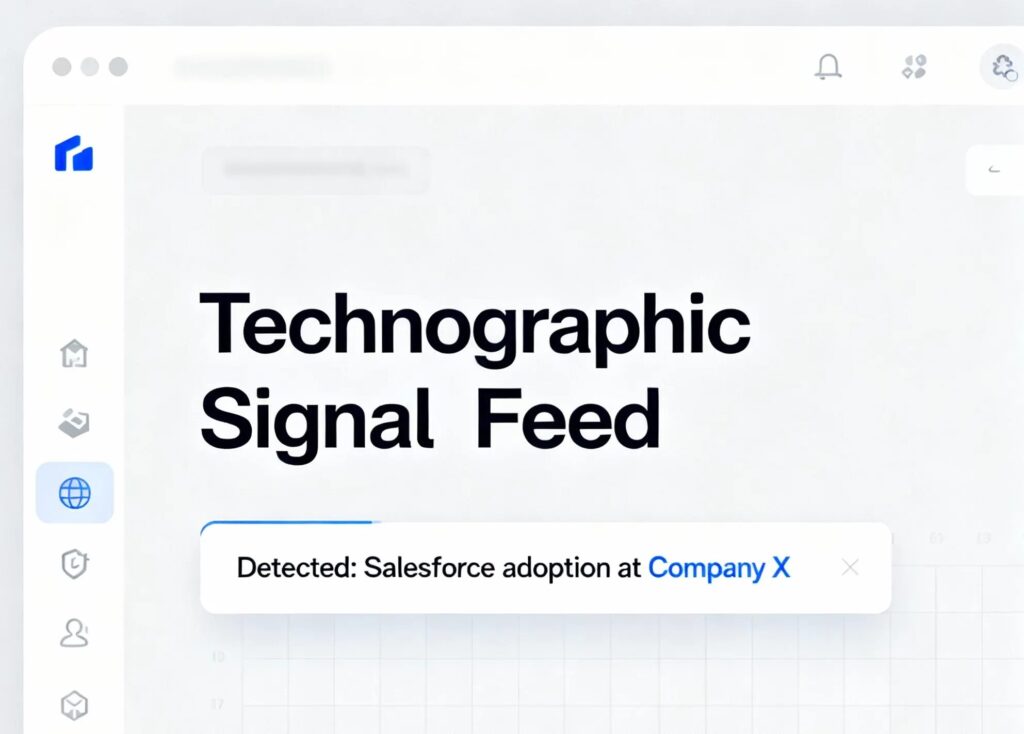

Hiring and Team Growth
Track signals such as new executive hires, role expansions, and spikes in job postings for operations, revenue, marketing, and data roles, as they often indicate budget availability and urgency.
Monitor LinkedIn jobs, leadership updates, and hiring velocity, then connect these movements to relevant solutions like enablement, analytics, or pipeline generation.
For example, when a new CMO is hired, trigger a three-step outreach referencing first-90-day priorities, paired with a tailored lead gen or attribution audit and two proof points from similar companies.
Website Visitors
Look for anonymous company visits to high-intent pages such as pricing, integrations, and competitor comparisons, along with repeat sessions and time-on-page spikes.
Use visitor identification and brand monitoring to surface account-level activity, then feed qualified events into outreach sequences within 24 to 48 hours.
For example, if a company posts about remote team growth, send a tailored remote tooling offer referencing their post, supported by a one-page ROI model and an optional 15-minute fit check.
Funding & Expansion News
Track signals like Seed to Series D rounds, new market entries, acquisitions, and headcount spikes that often precede technology rollouts and vendor changes.
Use company databases and deal trackers to surface new funding or expansion activity, then align offers to hiring, enablement, data, or infrastructure needs.
For example, when a company announces new funding, trigger outreach around hiring solutions or revenue acceleration, supported by an onboarding roadmap, timeline, and capacity plan templates.
How to combine with GetSales.io for velocity
Detect the right signals
The winning pattern is simple: detect the signal, enrich the record in real time, and fire a multi-channel sequence in GetSales.io with tailored copy and bump logic based on the trigger. This ensures every outbound touch is relevant, timely, and automated for speed.
Piloterr → detect role changes, new job postings, and company updates that align with outbound triggers across hiring and growth.
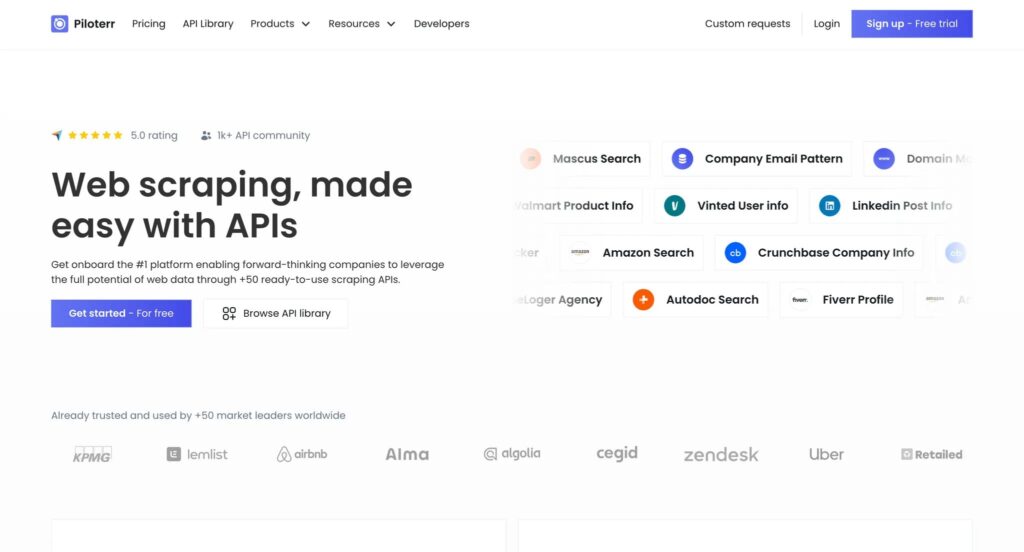

Funding & expansion trackers → capture Seed to Series D rounds, acquisitions, and market entries that precede technology rollouts.
Referly → monitor website visits, pricing page views, and brand mentions to qualify high-intent accounts within 24–48 hours.
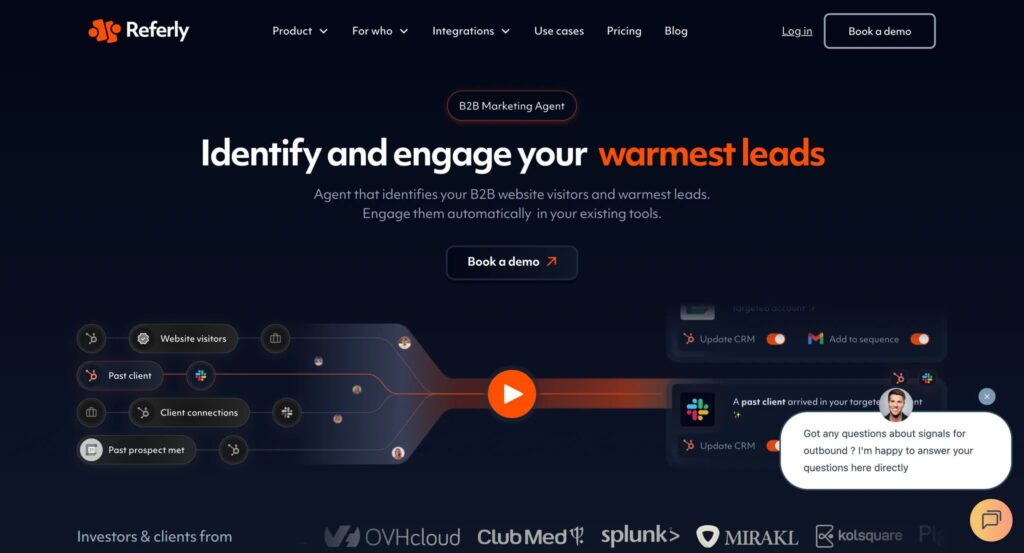

Enrich leads in real time
Signals are only valuable when paired with verified contact data and context.
Enrow → retrieve verified work emails, direct dials, and LinkedIn profiles via API to minimize bounces and accelerate outreach.
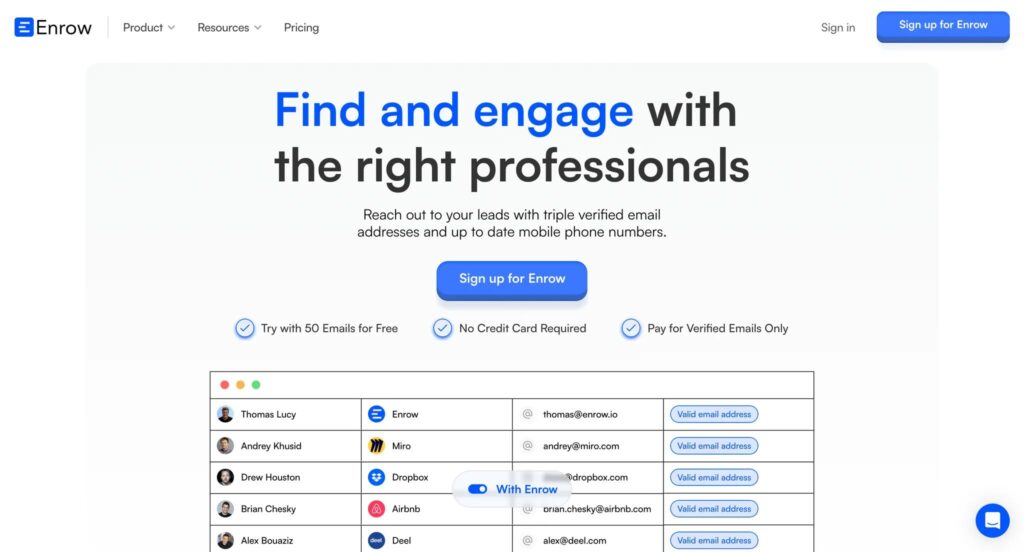

Stack intelligence sources → identify tool adoption or migrations ( Salesforce, HubSpot, Marketo, Snowflake etc) and match context like role and recency.
Automate sequencing and targeting
Turn every detected event into a prioritized, multi-channel sequence.
Pronto (code STS20 for a discount) → automate trigger-based enrollment, waterfall enrichment, and routing so events translate directly into outbound actions.
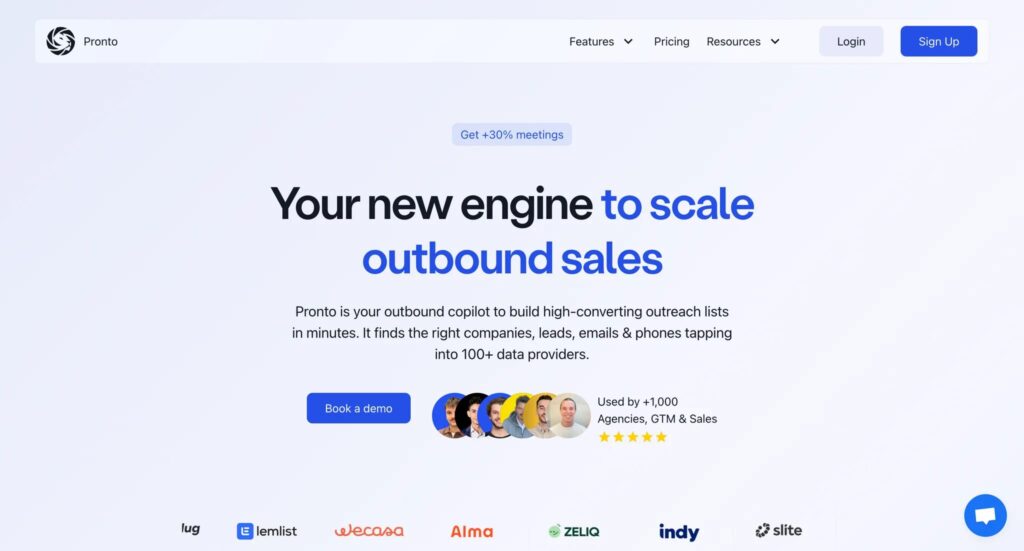

Phantombuster → scrape profiles, followers, and event attendees to expand targeting, then dedupe, enrich, and orchestrate LinkedIn plus email touches.
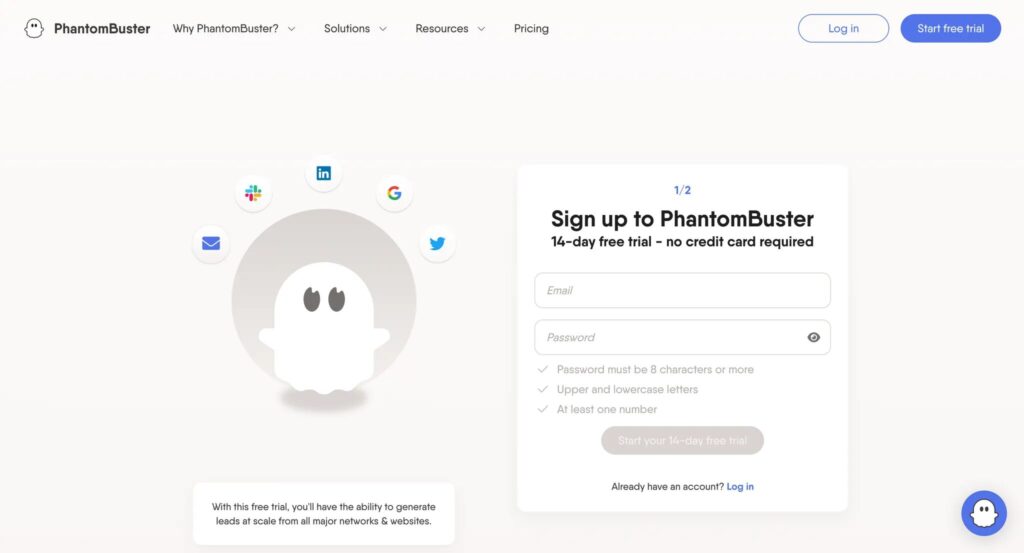

Real-World Workflow: New Hire + Tech Stack Change + LinkedIn DM
Trigger and enrich
Piloterr flags a new Head of Sales at a Series A SaaS and a simultaneous Salesforce adoption, indicated by role postings and public stack signals within the last 14 days.
Send the contact and company to Enrow to retrieve work email, direct phone, and LinkedIn URL. Auto-validate and push only verified records into sequences.
Activate in GetSales.io
Enroll the account in a multi-channel sequence with LinkedIn as the first touch, email second, and phone third, all referencing the leadership change and CRM rollout timeline.
Messaging Notes
First → ****LinkedIn: Short context, highlight the specific trigger, include a two-line value hook, and ask a “sanity check” question instead of pitching.
Second → Email: 75–110 words, reference the trigger and timeframe, and include a one-click audit or a 2-bullet mini plan for their rollout.
Third → Call: Confirm initiative owner, timeline, and integration blockers; leave a 15-second voicemail pointing to a short asset if no answer.
Timing + Context = Outbound Performance
Use signals to start conversations. Signals turn static outreach into relevant, human, and timely moments, which is why layered triggers consistently outperform calendar-based cadences.
Enrich contacts before automation: waterfall enrichment and validation keep deliverability high, ensuring sequences reach the right inboxes and numbers at the right time. Combine tools smartly, not blindly.
Fewer, well-integrated tools that detect, enrich, and activate inside GetSales.io produce cleaner data, faster cycles, and higher reply rates.
Want to go deeper into smart outbound workflows? Explore the latest stack reviews and workflow templates on SalesTech Scout, or build a trigger-based campaign using the playbooks above.

